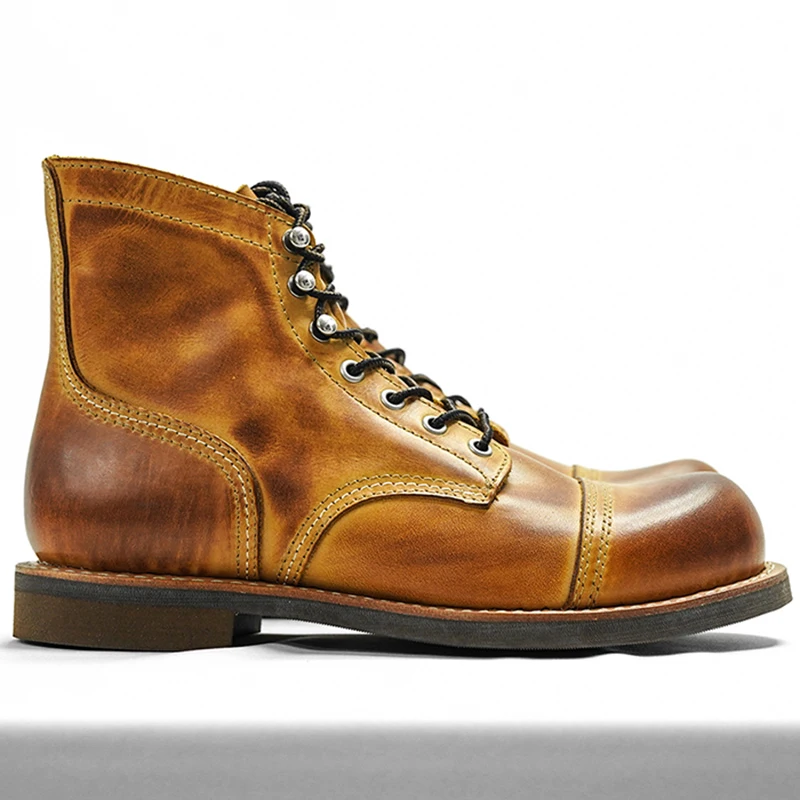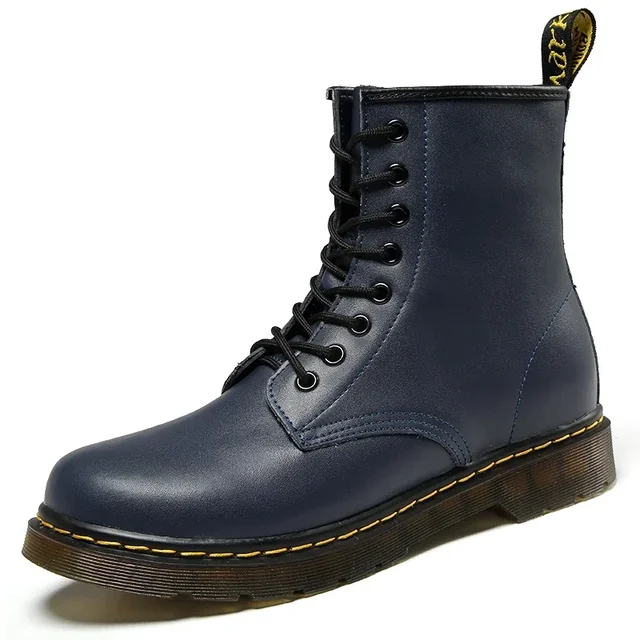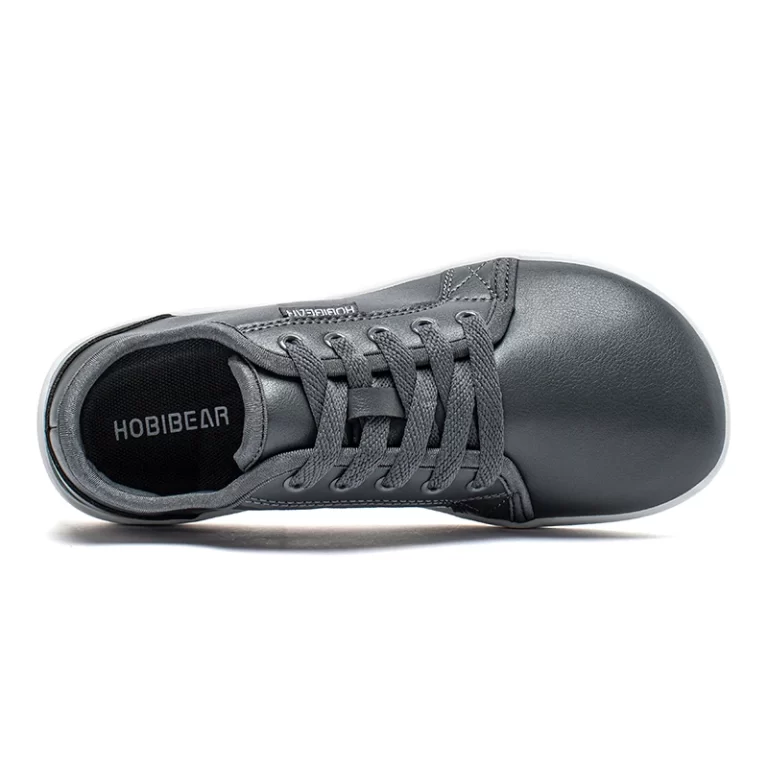Introduction
Leather shoes are timeless investments in style and durability. However, they often require periodic restoration to maintain their appearance and extend their lifespan. Whether your leather shoes have suffered from scuffs, scratches, or general wear and tear, knowing how to restore leather shoes can save you money and keep your footwear looking sharp. This guide will walk you through the steps to effectively restore your leather shoes, from cleaning and repairing to conditioning and polishing.
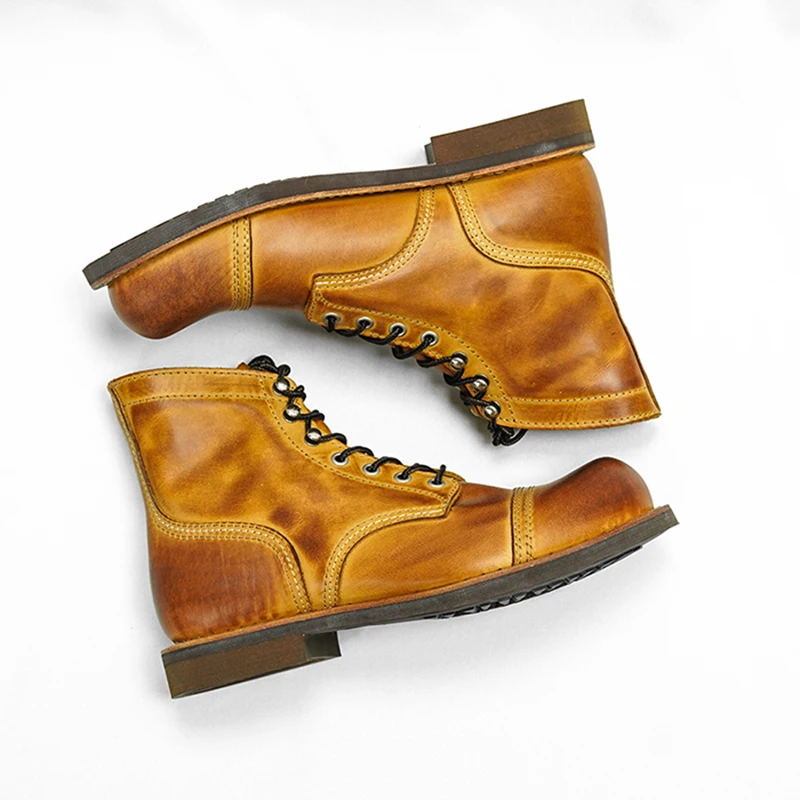
Understanding Leather and Its Needs
Why Leather Needs Special Care
Leather is a natural material that requires special care to remain in good condition. Unlike synthetic materials, leather is porous and can absorb moisture, dirt, and oils. This makes it vulnerable to damage from everyday wear and environmental factors. Proper maintenance helps preserve the leather’s texture, appearance, and overall longevity. Understanding how leather reacts to different conditions will guide you in choosing the right products and techniques for restoration.
Types of Leather and Their Care
Leather shoes come in various types, including full-grain, top-grain, and split-grain. Each type of leather has unique characteristics and care requirements. Full-grain leather, known for its durability and natural look, develops a patina over time that many people appreciate. Top-grain leather is slightly less durable but easier to maintain, while split-grain leather, often used for cheaper shoes, can be more challenging to restore. Identifying the type of leather in your shoes will help you select the appropriate cleaning and conditioning products.
Step-by-Step Guide to Restoring Leather Shoes
1. Cleaning Your Leather Shoes
Removing Dirt and Debris
The first step in restoring leather shoes is to clean them thoroughly. Begin by removing loose dirt and debris from the surface of the shoes. Use a soft-bristled brush or a dry cloth to gently brush away any dirt. Be sure to get into crevices and seams where dirt may accumulate. For stubborn dirt, a slightly damp cloth can be used. Avoid soaking the leather, as excess moisture can cause damage.
Using Leather Cleaner
Once the surface dirt is removed, use a leather cleaner to deep-clean the shoes. Apply a small amount of cleaner to a soft cloth or sponge and gently rub it into the leather in circular motions. Focus on areas with stains or grime. Follow the manufacturer’s instructions for the cleaner you use, and test it on a small, inconspicuous area first to ensure it does not damage the leather. After cleaning, wipe off any excess cleaner with a damp cloth and let the shoes air dry.
2. Repairing Scuffs and Scratches
Identifying the Damage
Scuffs and scratches are common issues with leather shoes. To repair them, start by assessing the extent of the damage. Small scuffs can often be fixed with a simple polish, while deeper scratches may require more extensive repair. Determine whether the damage is just surface-level or if it has penetrated deeper into the leather.
Using Leather Repair Kits
For minor scuffs and scratches, a leather repair kit can be very effective. These kits typically include a repair compound and a color-matching dye. Follow the instructions on the kit carefully. Apply the repair compound to the damaged area using a small brush or applicator. Smooth it out to blend with the surrounding leather. Allow it to dry as per the kit’s guidelines. Once dry, apply the color-matching dye to ensure the repaired area blends seamlessly with the rest of the shoe.
Dealing with Deep Scratches
Deep scratches may require a more advanced approach. Consider using a leather filler, which can be applied to the scratch to fill in the damaged area. After applying the filler, allow it to dry completely. Once dry, gently sand the area to make it level with the surrounding leather. Apply a leather conditioner and polish to restore the leather’s natural sheen.
3. Conditioning and Moisturizing
Importance of Leather Conditioner
Conditioning is crucial for maintaining the flexibility and appearance of leather. Leather conditioners help replenish the natural oils that keep the leather supple and prevent it from drying out. Apply a leather conditioner after cleaning and repairing to ensure that the leather remains in optimal condition.
How to Apply Leather Conditioner
To apply leather conditioner, first, make sure the shoes are completely clean and dry. Use a soft cloth or applicator to apply a small amount of conditioner to the leather. Rub it in using circular motions, ensuring even coverage. Pay special attention to areas that are prone to drying out. After application, let the conditioner absorb into the leather for at least 15 minutes. Buff the leather with a clean, dry cloth to remove any excess conditioner and restore the leather’s natural luster.
4. Polishing and Shining
Choosing the Right Polish
Polishing adds a protective layer to leather shoes and enhances their appearance. Choose a polish that matches the color of your leather shoes. There are various types of polishes available, including wax-based and cream-based. Wax-based polishes provide a high shine and extra protection, while cream-based polishes offer conditioning benefits and a softer shine.
Applying the Polish
To apply polish, start by ensuring that the leather is clean and dry. Use a soft cloth or applicator to apply a small amount of polish to the leather in circular motions. Work the polish into the leather, focusing on areas that need extra shine. After application, let the polish dry for a few minutes. Use a clean, soft brush or cloth to buff the leather, bringing out the shine. For an extra high-gloss finish, you can use a polishing cloth to buff the leather to a mirror-like shine.
5. Protecting Your Leather Shoes
Using Waterproofing Products
To protect your leather shoes from water damage and stains, consider using a waterproofing spray. These products create a barrier that repels water and prevents stains. Apply the waterproofing spray to clean, dry shoes, following the manufacturer’s instructions. Allow the spray to dry completely before wearing the shoes.
Storing Your Shoes Properly
Proper storage is key to maintaining the condition of your leather shoes. Store your shoes in a cool, dry place away from direct sunlight and heat sources. Use shoe trees or stuff the shoes with paper to help maintain their shape. Avoid storing leather shoes in damp or humid environments, as this can lead to mold and mildew growth.
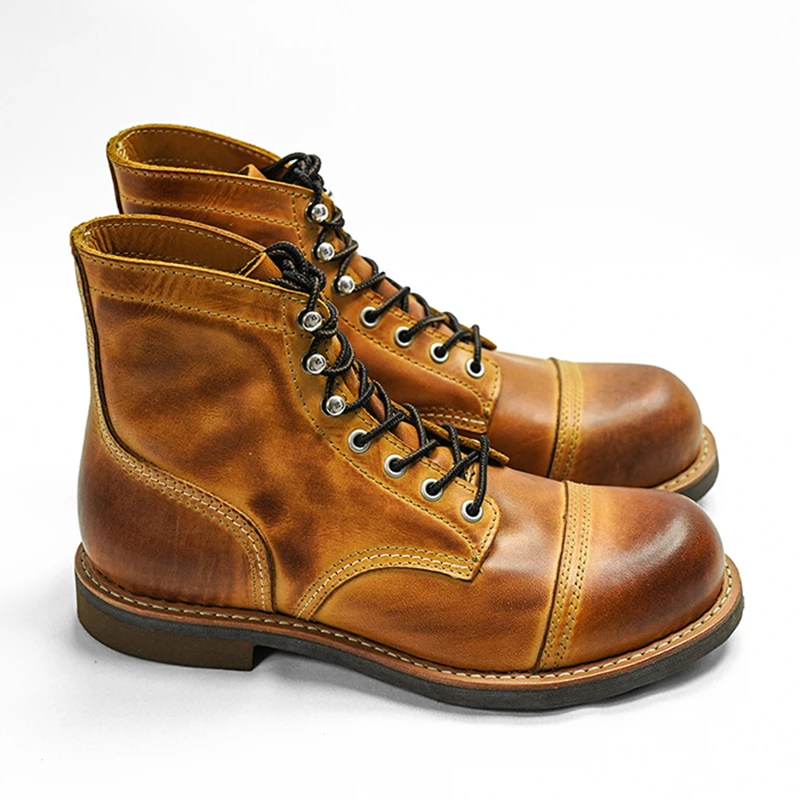
Preventive Measures for Leather Shoe Care
Regular Maintenance
Preventive care is essential for keeping leather shoes in good condition. Regularly clean and condition your shoes to prevent dirt and grime from building up. Address minor scuffs and scratches as soon as they occur to prevent further damage. By incorporating these practices into your routine, you can extend the life of your leather shoes and keep them looking their best.
Handling and Wearing Tips
How you handle and wear your leather shoes can impact their longevity. Avoid excessive bending or flexing, which can cause the leather to crack. Rotate your shoes to give them time to rest between wears, allowing the leather to recover. When wearing your leather shoes, try to avoid exposing them to harsh weather conditions, such as heavy rain or snow, to minimize potential damage.
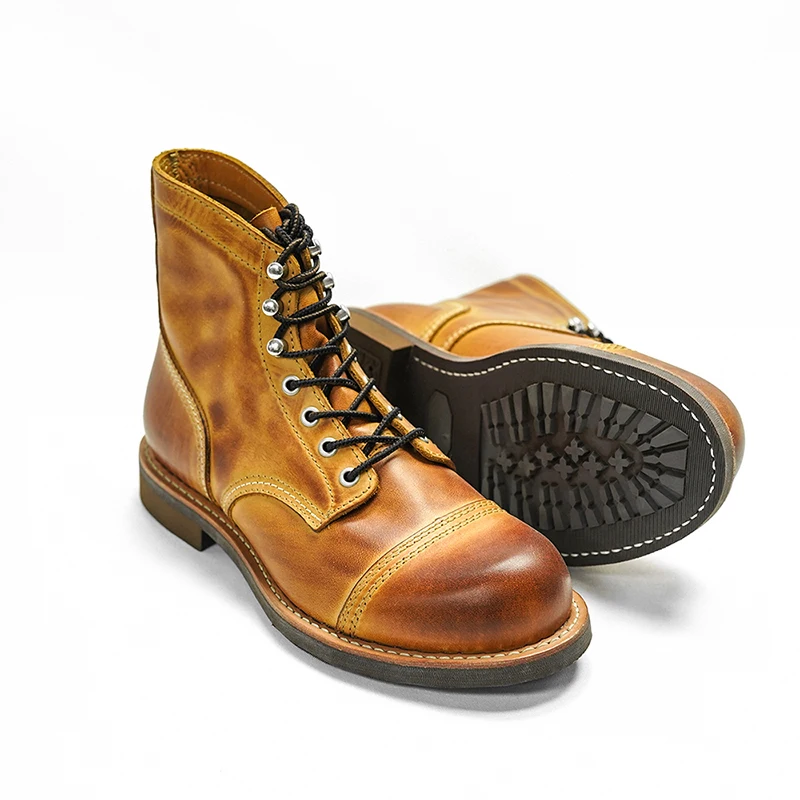
Conclusion: Extending the Life of Your Leather Shoes
How to restore leather shoes? Restoring leather shoes involves a combination of cleaning, repairing, conditioning, and protecting. By following the steps outlined in this guide, you can effectively address common issues such as scuffs, scratches, and dryness. Regular maintenance and proper storage are key to extending the life of your leather shoes and keeping them looking their best. With the right care, your leather shoes can remain a stylish and durable part of your wardrobe for years to come.
